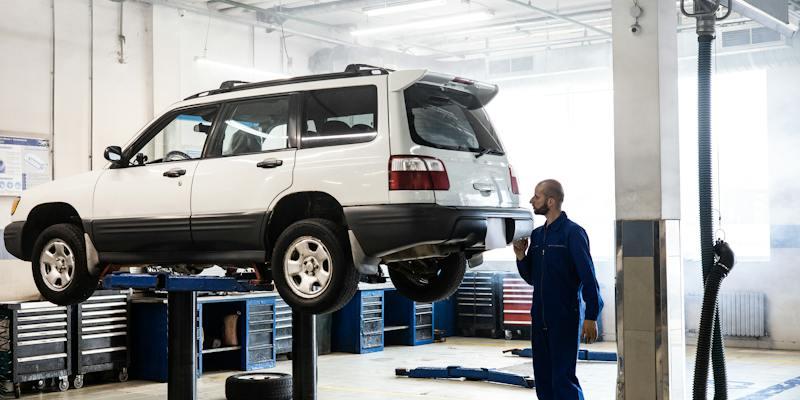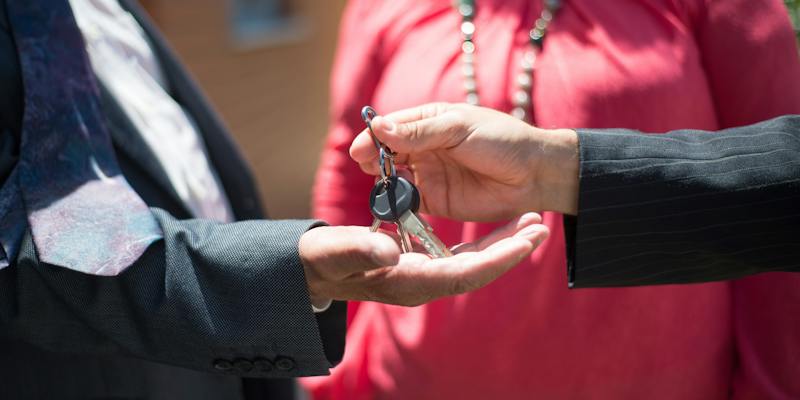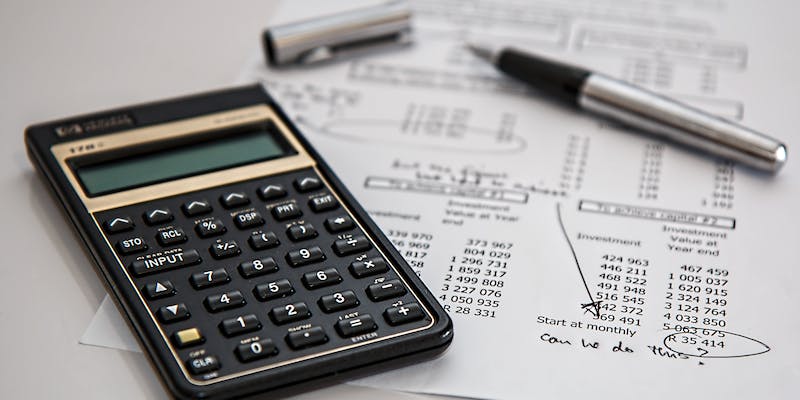Trading in your old car reduces the price of your new one. This route can greatly save you on the purchase price and sales tax. State tax rates determine savings. Trade-in tax credits from some states can reduce your financial burden. Buying and selling your old vehicle can limit your taxable income deduction in some states. In 2021, New York’s sales tax is 8.49%. The trade offer trading in a $10,000 automobile saves you $849 on income tax, plus you may shop for your new vehicle's fee. The reduction is significant, especially in times of limited funds.
Still, state regulations vary. Except for California, auto trade-in tax benefits differ per state. These jurisdictions charge sales tax on the full price of the new car, regardless of trade-in value. Thus, car buyers must understand state laws.
Reducing Sales Tax through Vehicle Trade-ins
You won't pay sales tax on your new car in many states until you deduct your trade-in. Taxes are $25,000 if you want a $40,000 car, and the dealer offers $15,000 for your old car. This cut makes huge savings possible—6% sales tax in one state. A $40,000 car without a trade-in would cost $2,400 in sales tax. When you trade in sales tax credit for your old vehicle, sales tax drops to $1,500, cutting the taxable amount to $25,000. The IRS will not charge you $900.
This policy is founded on the principle that you shouldn't be taxed on the complete cost of a new vehicle, given that your trade offer contributes to its financing, even though you're only physically acquiring a portion of it. Taxing the full price of the second car without considering the trade-in would result in a portion of your expenditure being subjected to double taxation, given that you have already remitted sales tax on the initial vehicle.
This may have notable repercussions. Illustratively, the financial advantage of this system was underscored in 2019 when Americans reportedly conserved $2 billion in sales taxes via vehicle trade offer. It aids in the maintenance of the automotive industry by guaranteeing a consistent supply of pre-owned vehicles, thus serving as more than a mere advantage for car purchasers.
In-Selling Versus Trading

acquiring a new car provides several opportunities concerning the disposal of the previous one. Promoting it privately, selling it to a one-of-a-kind dealership, or trading it in on the dealership where you purchase the brand-new vehicle are all viable alternatives. Depending on your area and circumstances, every choice has its benefits.
Your old car's value is deducted from the acquisition charge of the brand-new vehicle if you choose to alternate it in the dealership where you're acquiring it. As sales tax is computed based on the discounted price, this affects a discounted payment. Trade ups are more appealing in states without a sales tax cap. Not all dealerships will pay the same for your car. Not selling it for its full value may maximize profit.
You might get a better price by trading in your car at another dealership or selling it privately. Even if you owe more sales tax, the transaction may net you more money. Selling the new car somewhere earns an extra $1,500, but trading it in at the dealership where you bought it saves $500 in taxes, so selling it is still better.
Private sales are more profitable. Since they don't earn a profit for the dealership, they'll pay more for your automobile. Private sales need additional marketing, bargaining, and paperwork. Selling privately is better in states without trade-in sales tax reductions. Due to economic uncertainty and asset returns, private vehicle sales are growing in 2023. AutoTrader reported 15% private car sales growth in 2023. States with unfavorable trade-in taxes increased most.
Steps To Trade In
Assessing Your Car's Market Value
Trading in your car at a dealership is a sale. There may be more forms, but dealerships usually make the process simple. Starting with vehicle valuation is the first step. Check Kelley Blue Book or Edmunds to see what your car's model sells for locally. These facts are crucial for successful negotiations. Millions of Americans use these resources yearly as of 2023 to trade in sales tax credits with their cars for a good deal. Condition, mileage, and local demand affect car value.
Getting Multiple Quotes
The following course of action is to investigate potential trade-in offers once you have a firm grasp on the market value of your vehicle. It is prudent to approach multiple dealerships to determine what various dealerships are willing to offer you for your vehicle. The purpose of this step is to benefit from the competition. Car owners who obtained trade-in valuations from multiple dealerships increased their vehicles' average value by 15%, according to a study published in 2022. Remember that each dealership's marketplace strategy and inventory requirements may influence the trade-in offer you receive.
Trading In at the Purchasing Dealership
It can be strategic to trade in sales tax credit for your current vehicle at the dealership where you intend to purchase your next automobile. Although not always possible, this approach can streamline the trade-in procedure and potentially yield financial advantages, especially regarding sales tax. An illustration of this is that before sales tax calculation, the trade-in value is subtracted from the purchase price of a new vehicle in numerous U.S. states. In other words, you can offset a potentially reduced trade up offer with substantial tax savings. Industry reports indicate that with this method, consumers saved an average of 6.5% in sales tax in 2023.
Finalizing the Transaction
Finalize the documentation for the vehicle you are trading in and the new or used automobile you purchase. While these are two distinct transactions, the majority of dealerships have the necessary infrastructure to process them simultaneously. Their commitment to efficiency guarantees a seamless transition from your previous vehicle to your new one, devoid of superfluous setbacks. It is crucial to thoroughly review all documents during this phase to ensure that the contracts accurately reflect the terms discussed, particularly the values of the trade-in and purchase. A careful examination during this stage averted contract discrepancies in more than 70% of automobile trade ups, according to the American Automobile Association (AAA) in 2022.




